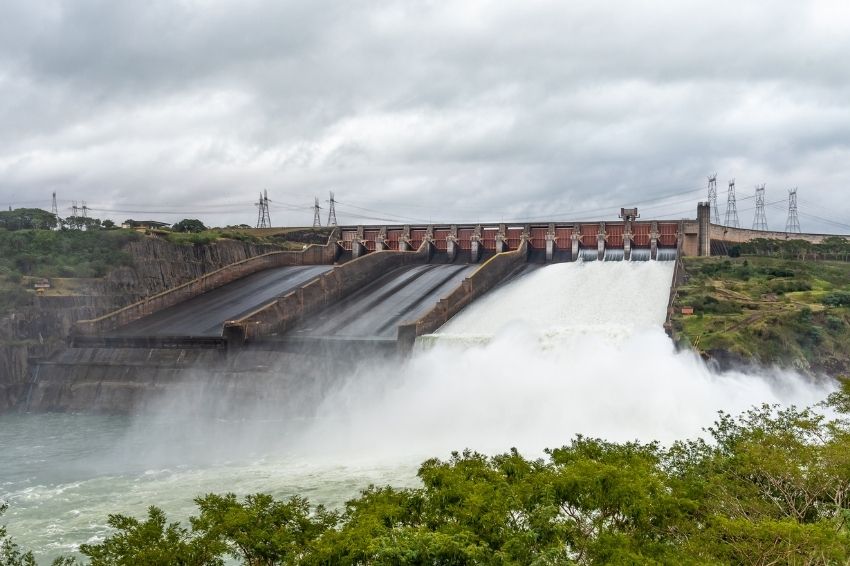Last Saturday (23), five electricity generating units Itaipu had to be turned off due to the operation of the generation cut scheme.
The reason? A storm caused the opening of the 750 kV circuits that take the plant's energy to the Southeast and South regions.
Furthermore, the direct current link that transports energy from the Paraguayan sector had a problem with the ground electrode.
Due to these emergencies, from 2pm to 10pm, it was necessary to open the spillway at the Itaipu plant, which had not been operating for 500 days until the transmission lines were restored and the generating units returned.
The need to pour water at a time of water crisis, the worst in the last 91 years in the country, is due to restrictions on flow variation established in the tripartite treaty between Brazil, Paraguay and Argentina.
Read too
ANEEL announces “water scarcity” flag with R$ 14.20 for every 100 kWh consumed
Water crisis makes Government request studies on returning to summer time
INEL creates R&D secretariat to promote renewable energy sector
Although the Itaipu team made efforts to minimize this loss of electricity equivalent to one hour of full plant operation, a yellow light was lit, as energy had to be thrown away in a situation of energy shortage.
This is the analysis of José Marangon, specialist in generation, transmission, distribution and commercialization of electrical energy. “Two climatic phenomena caused this concern: the decrease over recent years in the level of precipitation – which has significantly increased the value of water in reservoirs – and the emergency caused by climatic events”, he explained.
According to Marangon, global climate models that simulate atmospheric conditions point to the intensification of these two phenomena in the coming decades for this region of the country.
“The alert must be addressed not only to the operation, but to the planning of the energy system. Large generation plants and large transmission systems generate weaknesses due to the climate threat already measured in the last IPCCs. Furthermore, the governance of water resources and restrictions on the operation of waterfalls must be revisited, but they pose major challenges”, he highlighted.
Therefore, in the expert's view, due to technological advances, it is now possible to meet the load through distributed generation and storage, making the supply system more resilient due to the proximity between the load and generation.
“Climate change will bring major challenges to the sector and it is essential to change the traditional view of planning and agents in the segment”, he concluded.

















One Response
DG is very important in the various beneficial aspects it provides in technical and economic aspects, but it does not have the size or reliability to be considered a solution in itself as all existing resources are fundamental considering the minimization of polluting sources.